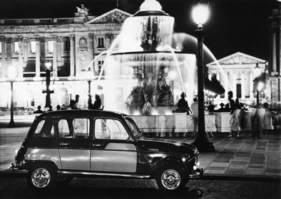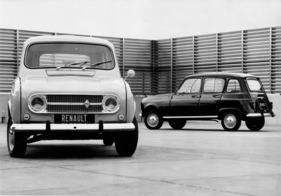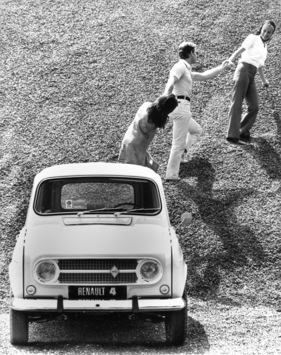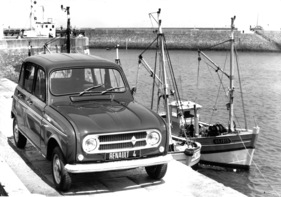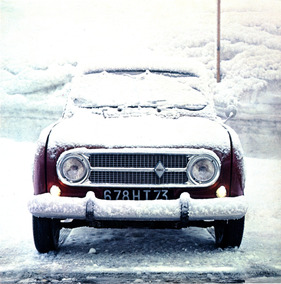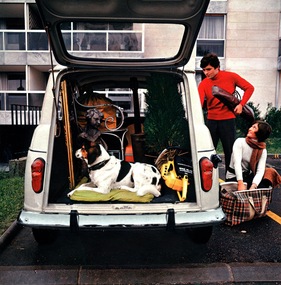Renault 4 L - All-round transportation without a penchant for status symbols (in the historical test)
Summary
Seven years after the Renault 4 was launched, an improved version appeared in 1967 with four instead of three gears and a modified exterior. A good reason for a test in 1968, when 1.5 million of the popular small car for large transportation tasks had already been built. There were good reasons for this, which even the test drivers could not contradict. This article reproduces the original wording of the test at the time and shows the R4 in many historical pictures.
This article contains the following chapters
- First impressions
- Now with four gears
- More agile
- No competition in the same league?
- Proven engine and drive
- Safe driving characteristics and comfortable suspension
- Simple bodywork and equipment
- Conclusion
- Comparison of the Renault R4 L with the competition
Estimated reading time: 11min
Preview (beginning of the article)
Short and sweet: Five-door saloon with four seats. Three versions: "L", "Export" and "Parisienne", which differ in terms of equipment. Front-wheel drive, four-cylinder in-line engine installed longitudinally in the front behind the front axle. Four synchronized forward gears, "stick" gearshift in the dashboard. Independent front and rear suspension, long spring travel. Drum brakes front and rear. Torsion bar suspension. Large luggage compartment in the rear accessible through fifth door and covered by removable shelf; large load space with rear seat bench removed. Around 1.5 million Renault 4s have been built to date, and if you consider the interest this little car continues to attract here in Germany, you can imagine that the R 4 will be built for some years to come. The interest in the Renault 4 is understandable, because nowhere else in this price and performance class is there such a universally usable vehicle that requires little maintenance.
Continue reading this article for free?
Photos of this article





































